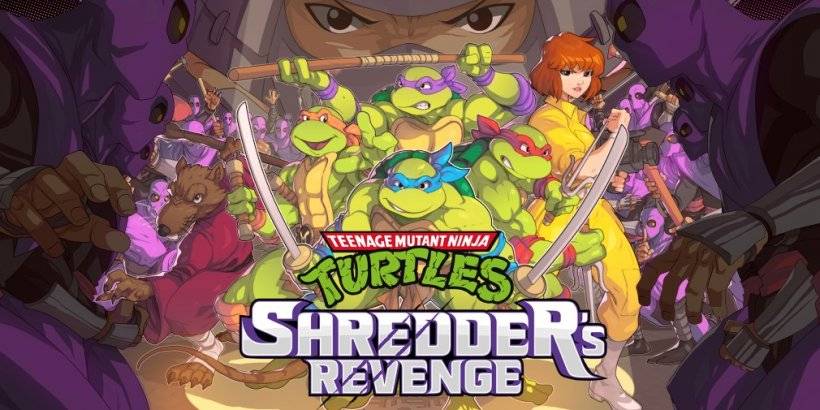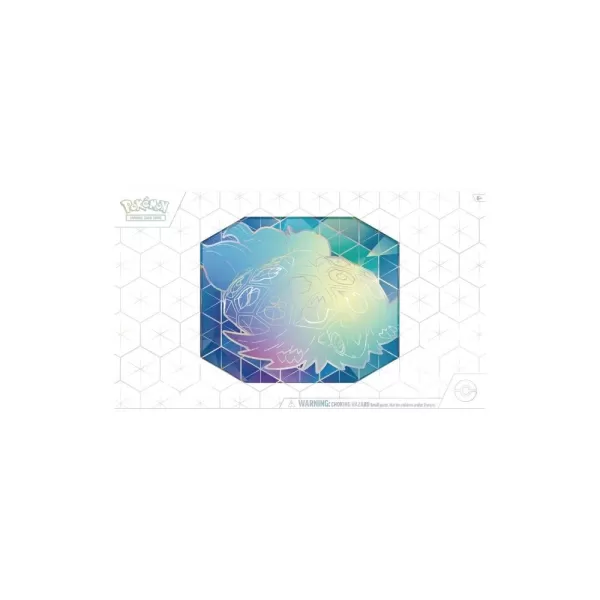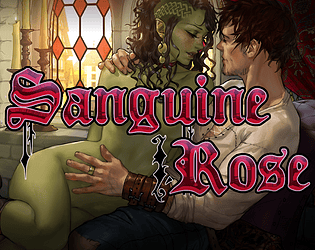Netflix expands the Witcher universe with The Witcher: Sea of Sirens, a new animated film based on Andrzej Sapkowski's short story, "A Little Sacrifice." Set between seasons of the live-action series, it follows Geralt and Jaskier as they investigate a sea monster terrorizing Bremervoord, a coastal duchy where humans and merfolk clash. Their investigation intertwines with the tragic romance of Prince Agloval and the mermaid, Sh’eenaz, and reveals Lambert's childhood connection to Bremervoord.
Table of Contents
- What is The Witcher: Sea of Sirens About?
- Art Style and Animation
- Action Sequences: Visually Impressive but Flawed
- Storyline: A Mixed Bag
- Comparison to Previous Adaptations
- Behind-the-Scenes Insights
- Fan Reactions and Criticism
- Future Prospects for Witcher Media
- Broader Implications for Fantasy Franchises
- Should You Watch It?
What is The Witcher: Sea of Sirens About?
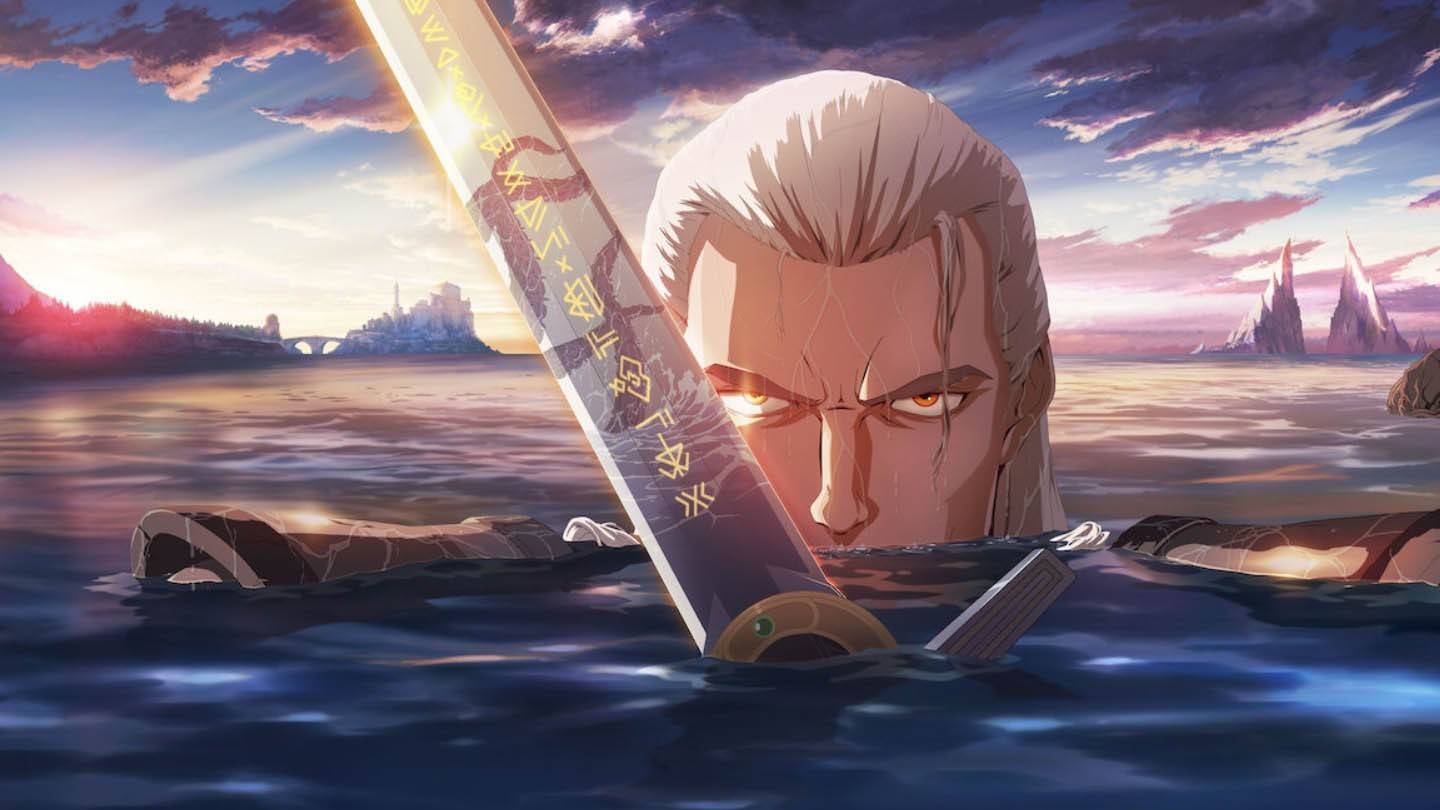
The Witcher: Sea of Sirens adapts elements from "A Little Sacrifice," reimagining Agloval as a young prince and expanding on his relationship with Sh’eenaz. The film incorporates Lambert's backstory, showcasing his childhood friendship with Eithne Daven, a poetess who becomes involved in the unfolding events.
Art Style and Animation
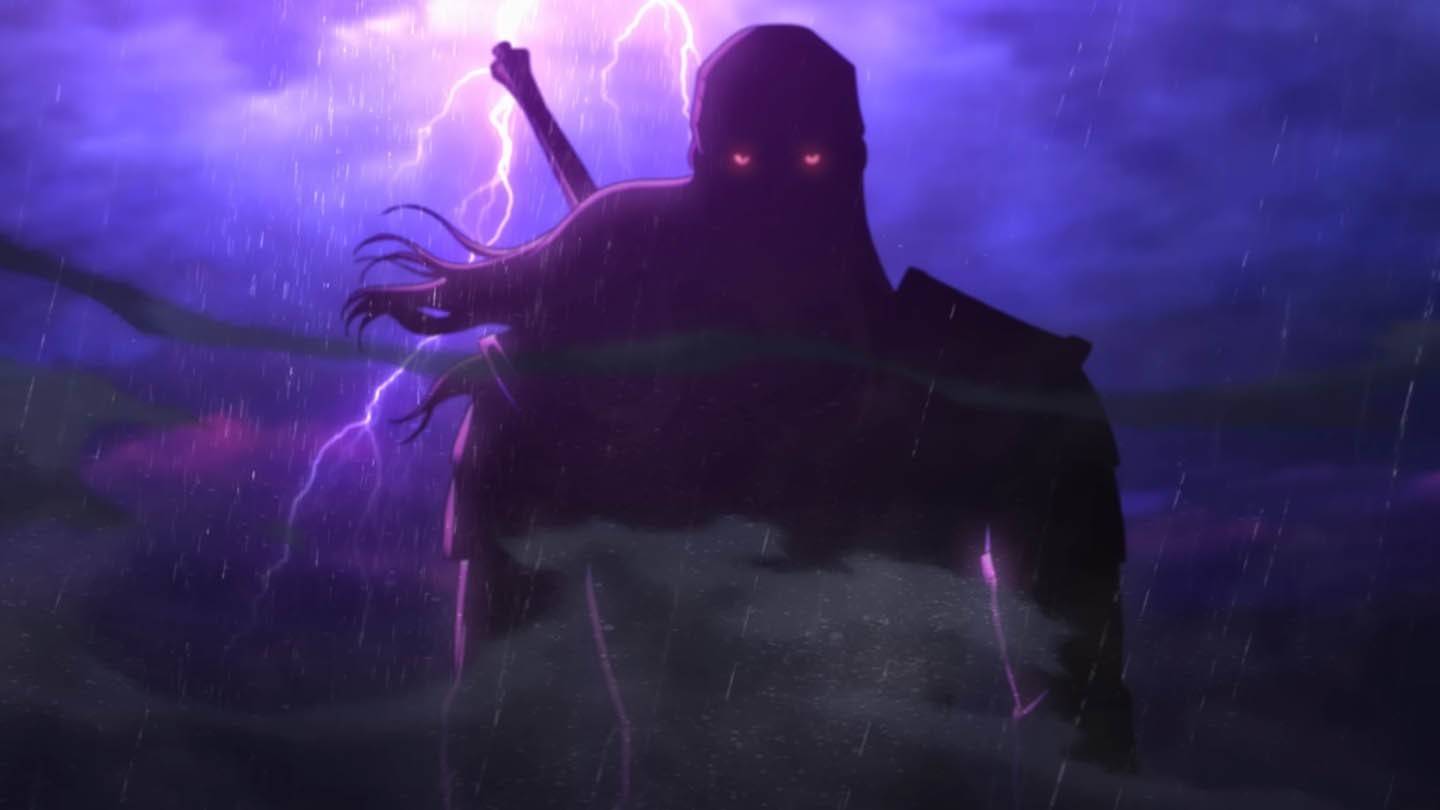
Studio Mir's distinctive art style is on full display, particularly in the stunning underwater sequences. The merfolk designs are intricate and unique, blending aquatic and dryad-like features. They speak a unique dialect of Elder Speech, adding depth to their culture and their forbidden romance. However, some character designs feel inconsistent with the live-action series.
Action Sequences: Visually Impressive but Flawed
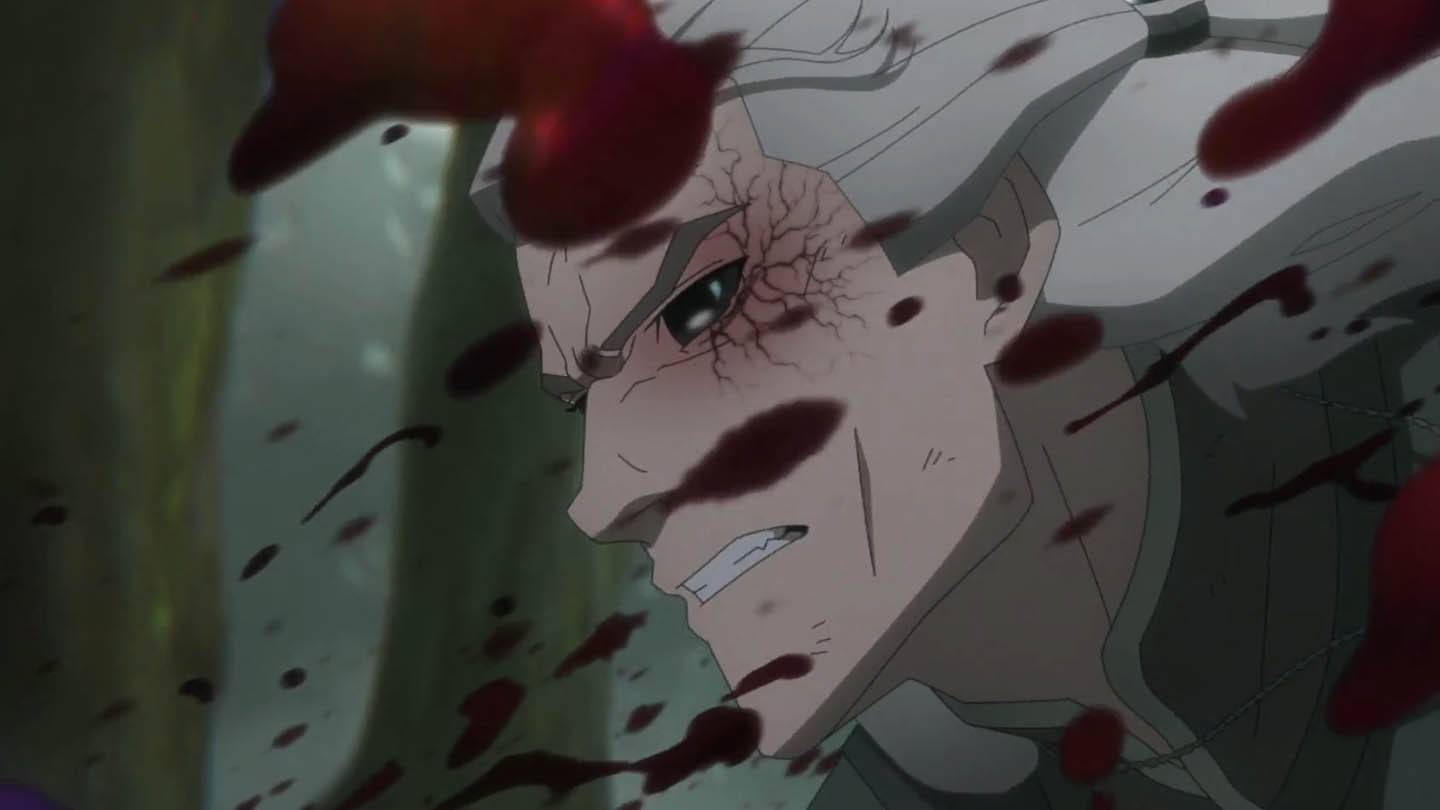
The action sequences are visually spectacular, but Geralt's combat style feels less strategic and more like that of a generic action hero, deviating from his established character. While intense and brutal, the choreography leans heavily on superhero tropes, sacrificing realism for spectacle.
Storyline: A Mixed Bag
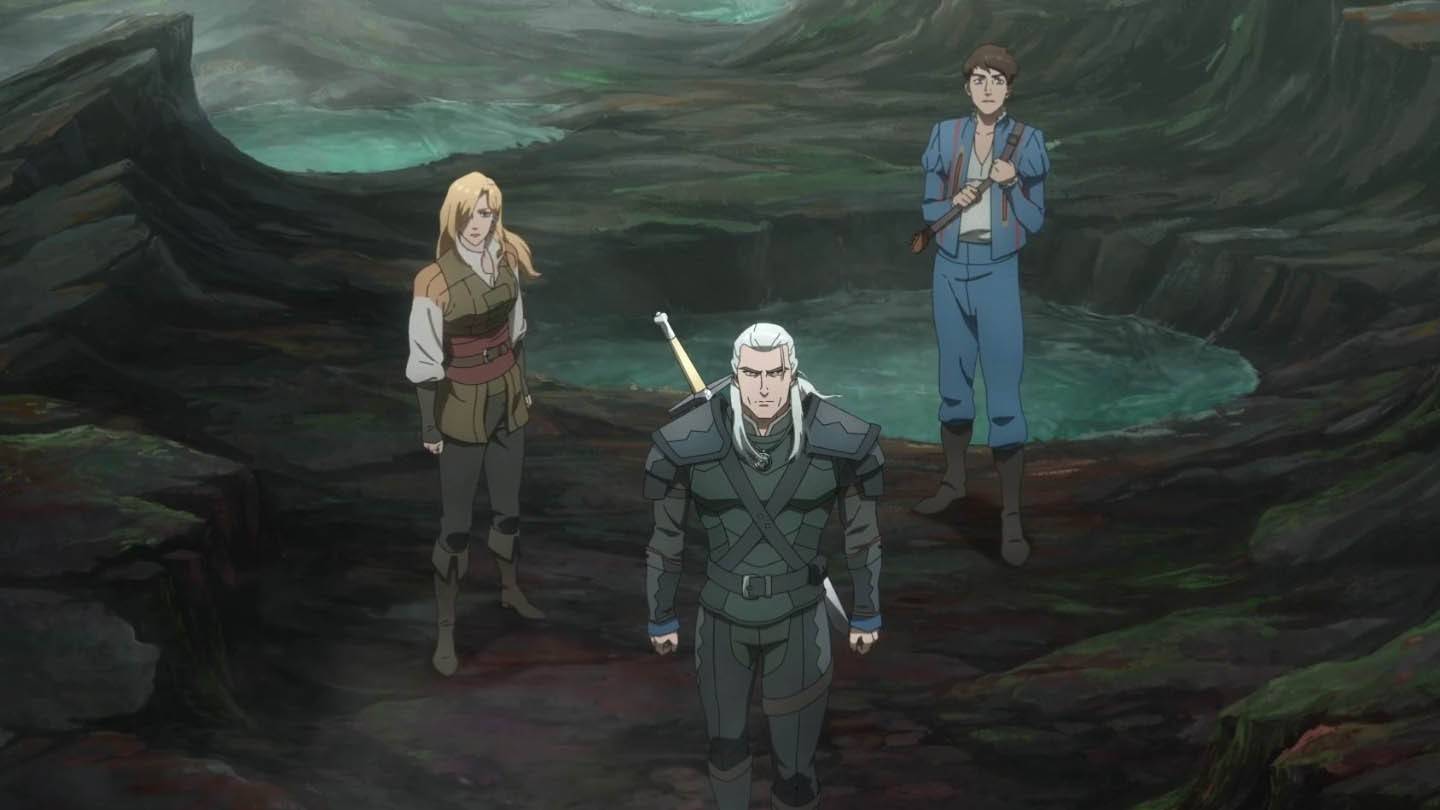
The narrative attempts to balance romance, interspecies conflict, and Geralt's internal struggles, but ultimately relies on predictable clichés. Eithne's character arc is underwhelming, and Geralt's moral dilemmas lack depth. The film also features a jarring tonal shift with an out-of-place musical number.
Comparison to Previous Adaptations
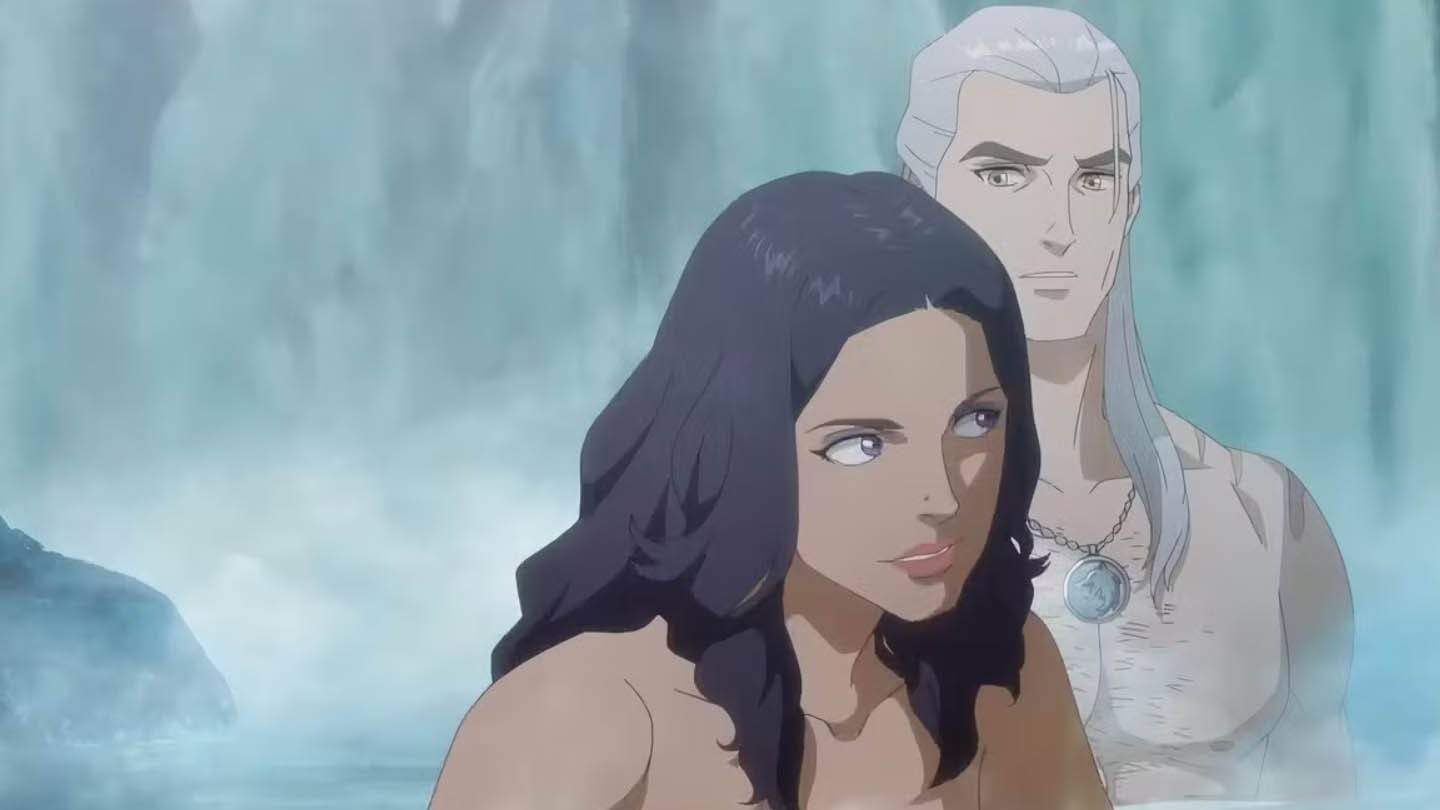
Compared to Nightmare of the Wolf, Sea of Sirens is less narratively satisfying, relying more on visual spectacle. However, the animation and underwater sequences elevate it above pure mediocrity.
Behind-the-Scenes Insights
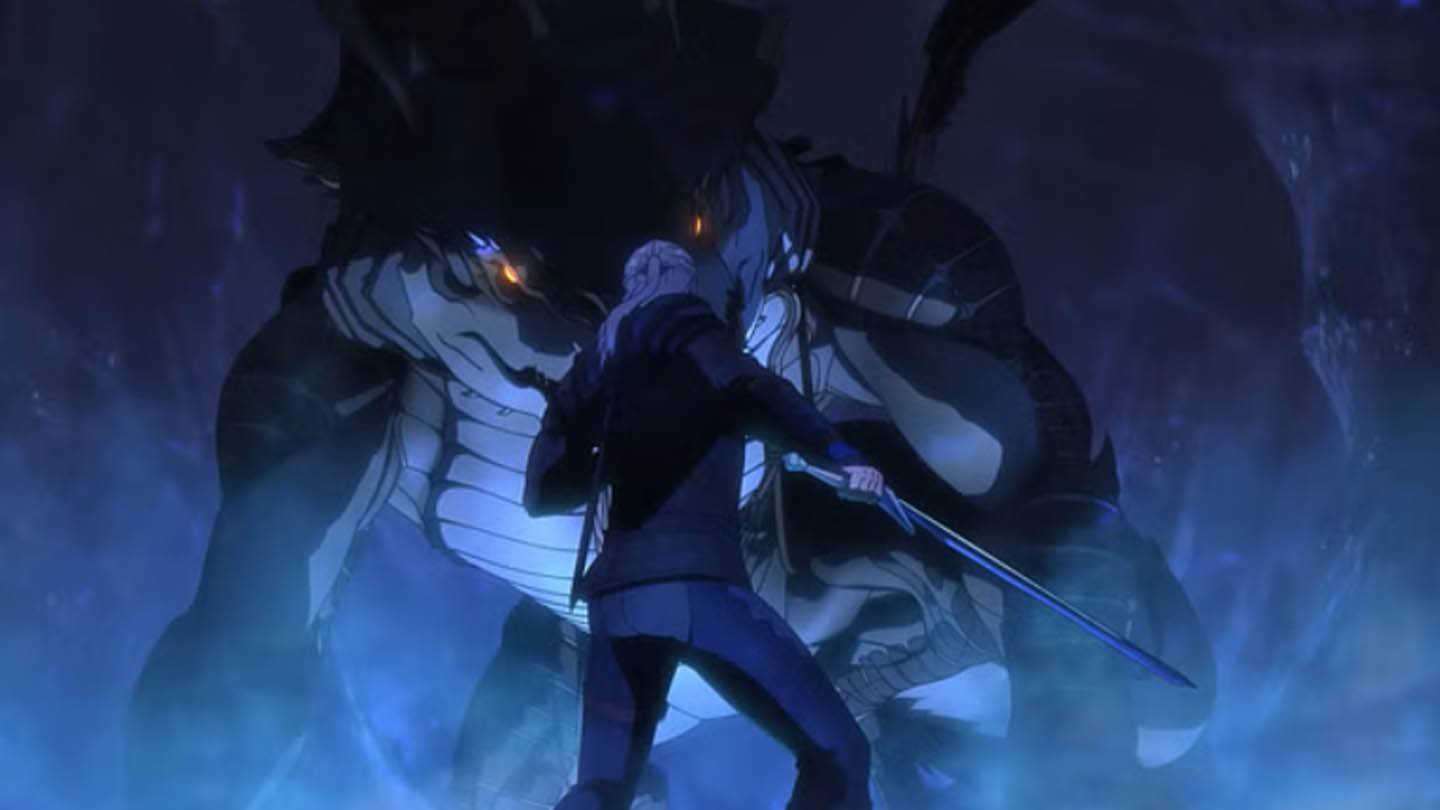
The production involved significant collaboration between Netflix and Studio Mir. Designing the merfolk presented a unique challenge, requiring a balance between beauty and menace, drawing inspiration from various mythologies.
Fan Reactions and Criticism
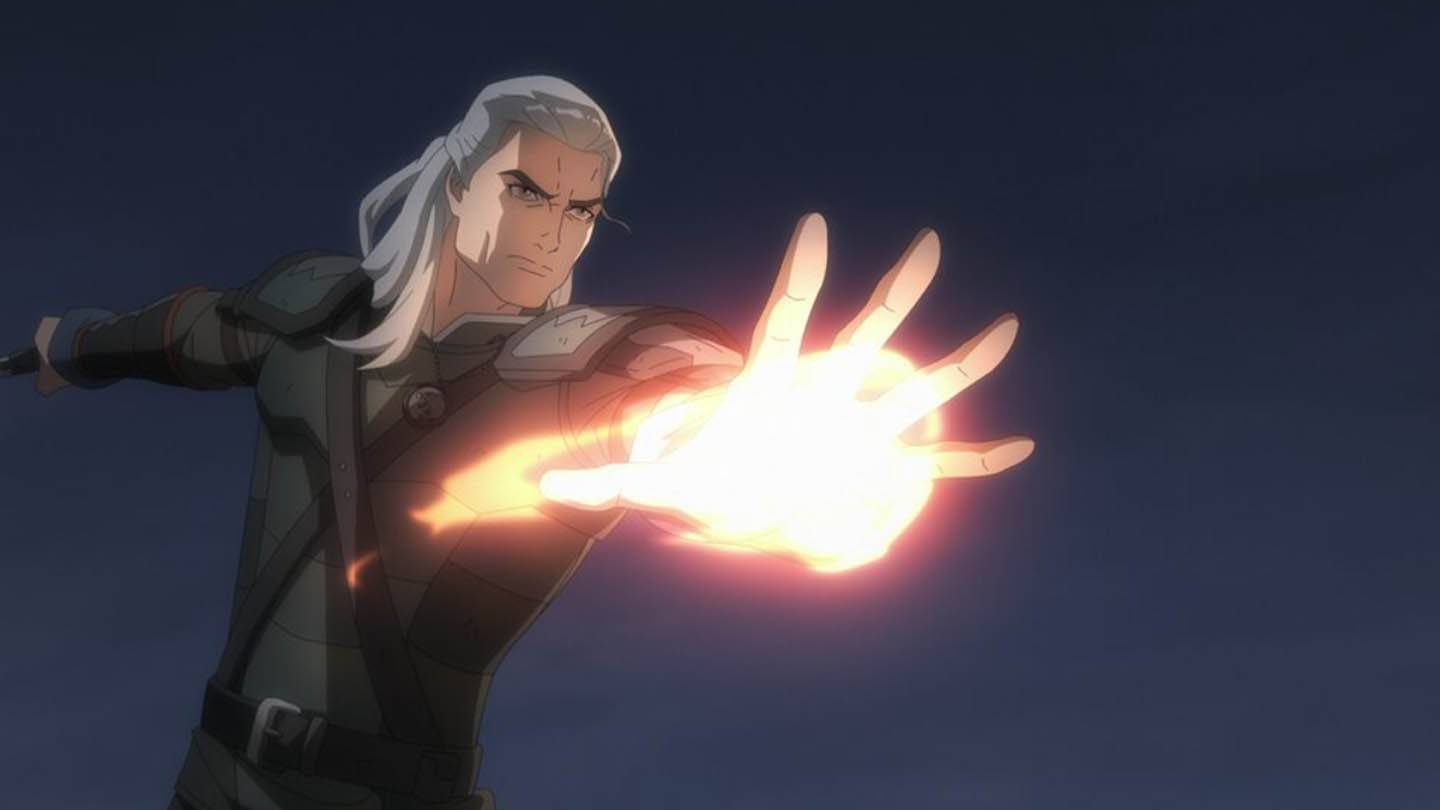
Fan reception is mixed. While some appreciate the expansion of the universe and faithfulness to certain aspects of the source material, others criticize the portrayal of Geralt and Eithne.
Future Prospects for Witcher Media

Sea of Sirens raises questions about the future of Witcher media, particularly whether Netflix will continue producing animated spin-offs.
Broader Implications for Fantasy Franchises
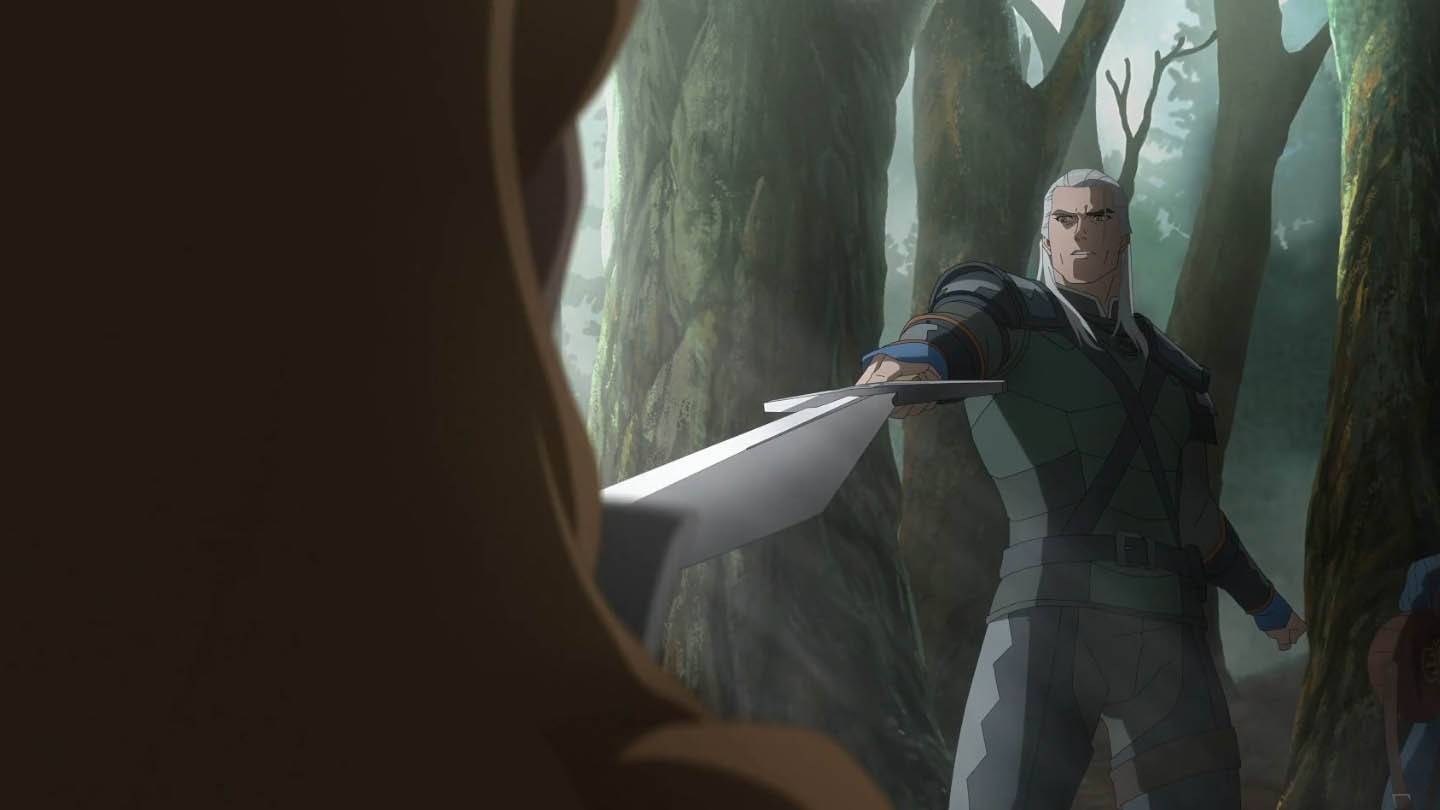
Sea of Sirens exemplifies the challenges of adapting literary works for screen, highlighting the need for a balance between artistic license and respect for source material.
Should You Watch It?

Die-hard fans and those interested in Studio Mir's animation style may find it worthwhile. However, those seeking a strong narrative or deeper character development might be disappointed. It's a visually engaging but narratively flawed addition to the Witcher lore.


